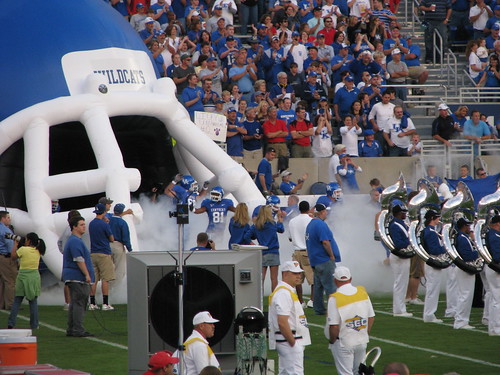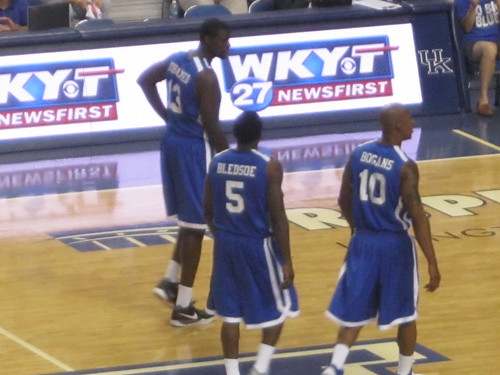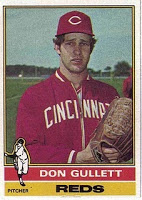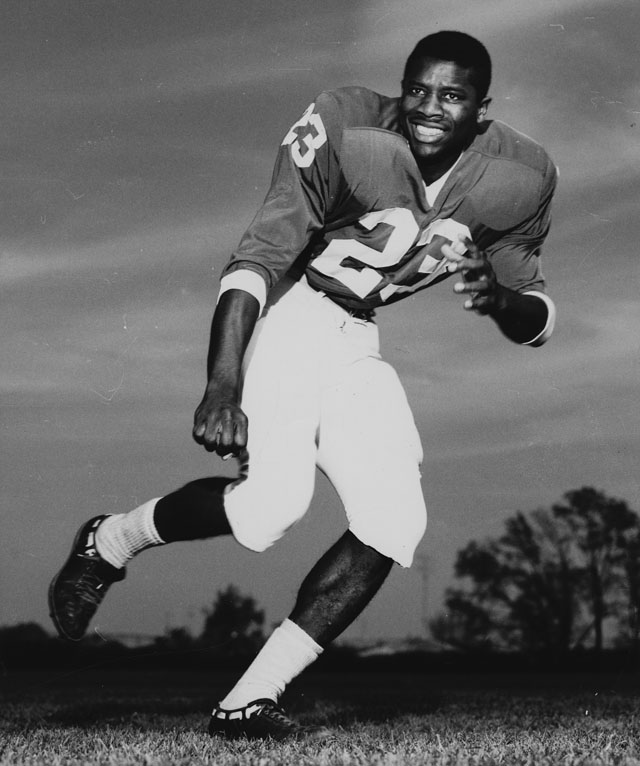For my regular readers, you know I rarely deviate from my usual format – avoiding subjects such as sports and politics (so many other great blogs and websites cover the topics). But today is different, today we play Tennessee in football.
Today may be the end of… the streak. Not since 1984 – 25 years – has Kentucky beaten their “SEC rival.” My wife was not born (and I was in the cradle) the last time Kentucky defeated Tennessee. Then, as today, the venue is Knoxville’s Neyland Stadium. Can history repeat itself? I sure hope so! To pacify us for the next few hours until kickoff, here are some amazing historical statistics pulled together by the greatest sports blog of all time, KentuckySportsRadio:
Games in Lexington (13 losses)Combined Score: Tennessee 477, Kentucky 246
Average Score: Tennessee 37, Kentucky 18
Closest Games: 52-50 (2007), 24-22 (1987), 34-31 (1995)
Biggest Blowouts: 48-0 (1993), 42-0 (1985)
Games in Knoxville (12 games)Combined Score: Tennessee 464, Kentucky 178
Average Score: Tennessee 39, Kentucky 15
Closest Games: 28-24 (1988), 17-12 (2006), 37-31 (2004)
Biggest Blowouts: 52-0 (1994), 56-10 (1996), 59-20 (2000), 59-21 (1998)
UK has had 5 coaches during the 25 game streakJerry Claiborne (5 games)
Bill Curry (7 games)
Hal Mumme (4 games)
Guy Morris (2 games)
Rich Brooks (7 games)
13 QB’s have started against Tennessee during the 25 game streakBill Ransdell (1985, 1986)
Glenn Fohr (1987, 1988)
Freddie Maggard (1989, 1990)
Pookie Jones (1991, 1992, 1993)
Antonio O’Ferral (1994)
Billy Jack Haskins (1995, 1996)
Tim Couch (1997, 1998)
Dusty Bonner (1999)
Jared Lorenzen (2000, 2001, 2002, 2003)
Shane Boyd (2004)
Andre Woodson (2005, 2006, 2007)
Randall Cobb (2008)
Morgan Newton (2009)
UK has lost 9 games by less than 10 points during the 25 game streak1987: 24-22
1988: 28-24
1991: 16-7
1995: 34-31
2001: 38-35
2004: 37-31
2006: 17-12
2007: 52-50
2009: 30-24
Kentucky has beaten these opponents 5 or more times since 1984
Vanderbilt: 17 times
Mississippi State: 10 times
Louisville: 8 times
South Carolina: 6 times
Georgia: 5 times
Since November 24th, 1984:
-Today marks the 9,498th day since that date
-5 US Presidents
-6 Kentucky Governors
-5 US Senators from Kentucky
-4 UK Presidents
-3 UK Athletic Directors
Other notable facts:-22 consecutive football senior classes have now graduated without beating Tennessee
-Every SEC team has beaten Tennessee at least once since 1993
-UK has had 55 players drafted in the NFL since 1984
-UK has won 126 football games since November 1984
-Kentucky basketball has beaten Tennessee 42 times since November 1984
-Kentucky baseball has beaten Tennessee 28 times since November 1984
And no I-hate-Tennessee post would be complete without the obligatory video:
GO CATS!!


























